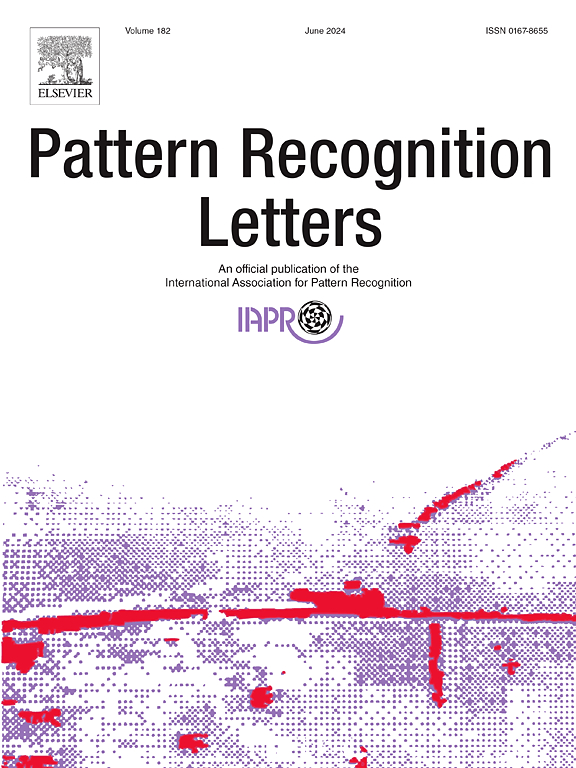Panoramic brain network analyzer: A residual graph network with attention mechanism for autism spectrum disorder diagnosis
IF 3.3
3区 计算机科学
Q2 COMPUTER SCIENCE, ARTIFICIAL INTELLIGENCE
引用次数: 0
Abstract
Autism Spectrum Disorder (ASD) is a prevalent neurodevelopmental disorder nowadays, which is featured by the deficits in reciprocal social communication and the presence of restricted and repetitive patterns of behaviors. It is generally acknowledged that the resting-state functional magnetic resonance imaging (fMRI) for the brain functional connectivity (FC) detection is one of the most effective ways in predicting ASD. However, many challenges still exist, e.g., the gradient vanishing in deep GCN networks, the difficulties in localizing potential biomarkers for diagnosis. To address these issues, in this paper we propose a new ASD diagnostic model, called Panoramic Brain Network Analyzer (PBNA). The main advantage of our new model is to introduce the residual techniques and various attention mechanisms to deepen GCN architecture, which enables to learn more advanced information. Additionally, an innovation of the current graph pooling methods is also given, in which we incorporate the softmax and straight-through to alleviate dimensionality explosion. The empirical results on the ABIDE CC200, CC400 and AAL datasets demonstrate the superiority of PBNA, these evidences support PBNA to be a more accurate and efficient clinical diagnosis. More precisely, by utilizing a five-fold cross-validation strategy, the ACC indicators of PBNA on the three datasets could reach 75.77%, 74.11%, 74.65%, respectively, surpassing most of the state-of-the-art diagnostic methods.
全景脑网络分析仪:一种带有注意机制的残差图网络诊断自闭症谱系障碍
自闭症谱系障碍(Autism Spectrum Disorder, ASD)是当今一种常见的神经发育障碍,其特征是缺乏互惠的社会交流,存在限制性和重复性的行为模式。静息状态功能磁共振成像(fMRI)检测脑功能连通性(FC)是预测ASD最有效的方法之一。然而,仍然存在许多挑战,例如,深度GCN网络中的梯度消失,定位潜在的生物标志物用于诊断的困难。为了解决这些问题,本文提出了一种新的ASD诊断模型,称为全景脑网络分析仪(PBNA)。新模型的主要优点是引入了残差技术和各种关注机制来深化GCN体系结构,从而能够学习更高级的信息。此外,本文还对现有的图池化方法进行了改进,将softmax和straight-through相结合,减少了图池化的维数爆炸。在恪守CC200、CC400和AAL数据集上的实证结果显示了PBNA的优势,这些证据支持PBNA在临床诊断中更加准确和高效。更准确地说,通过五重交叉验证策略,PBNA在三个数据集上的ACC指标分别达到75.77%、74.11%和74.65%,超过了大多数最先进的诊断方法。
本文章由计算机程序翻译,如有差异,请以英文原文为准。
求助全文
约1分钟内获得全文
求助全文
来源期刊

Pattern Recognition Letters
工程技术-计算机:人工智能
CiteScore
12.40
自引率
5.90%
发文量
287
审稿时长
9.1 months
期刊介绍:
Pattern Recognition Letters aims at rapid publication of concise articles of a broad interest in pattern recognition.
Subject areas include all the current fields of interest represented by the Technical Committees of the International Association of Pattern Recognition, and other developing themes involving learning and recognition.
 求助内容:
求助内容: 应助结果提醒方式:
应助结果提醒方式:


